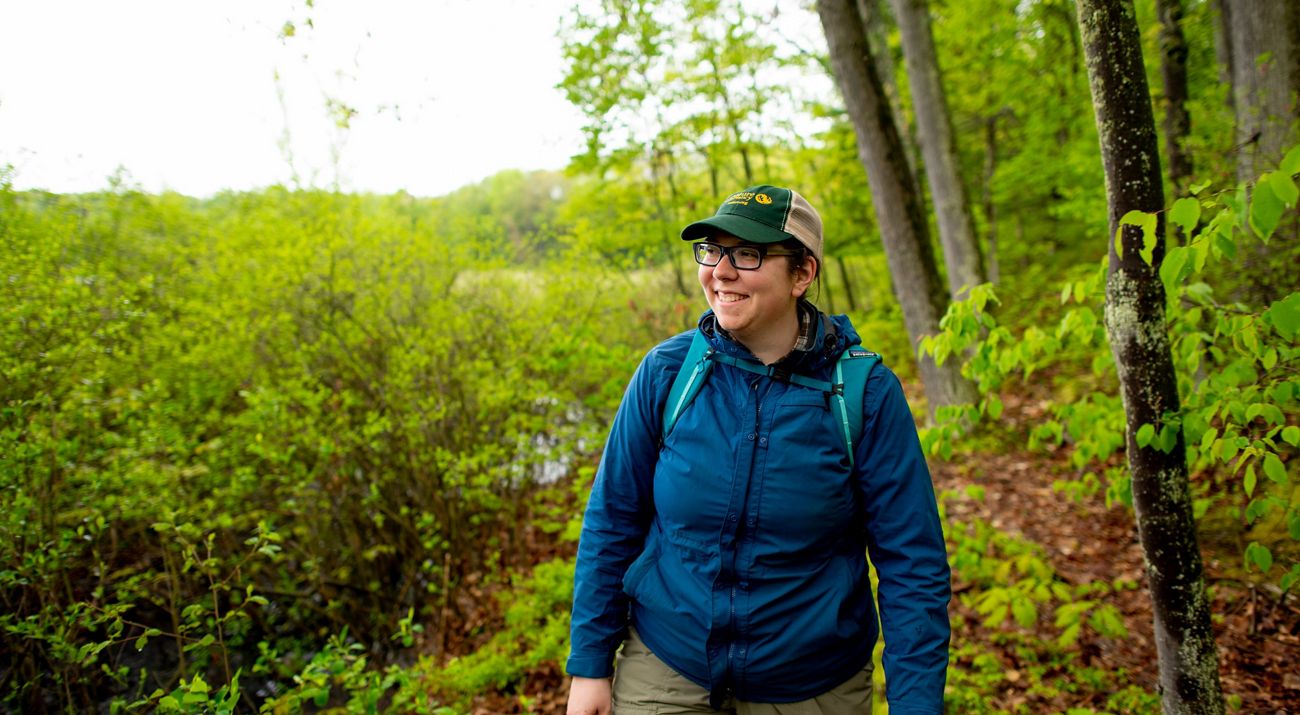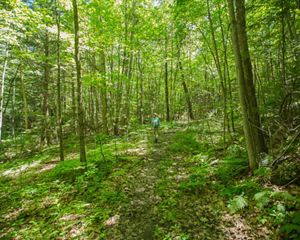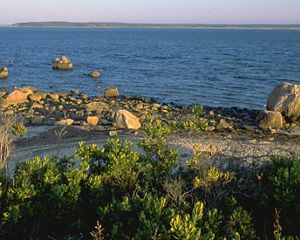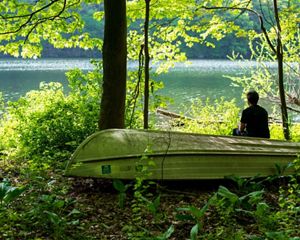New York Preserve Visitation Guidelines
Find out everything you need to know to explore our preserves.
We encourage the public to visit and enjoy our nature preserves, but limit uses to activities that are compatible with our mission and conservation goals. Most of The Nature Conservancy in New York’s preserves are open year-round from dawn until dusk for hiking, bird watching and other passive recreational activities. For specific visiting seasons and hours, please see the individual preserve’s webpages.
We invite you to observe and enjoy these preserves but remind you that every visitor has an impact. Please follow these guidelines to protect yourself and nature so that future generations can continue to enjoy these great places.
To Minimize Your Impact
- Stay on the Trail: Staying on the trail will keep you from getting lost and minimize your impact on the preserve. If the trail is muddy, please walk through the mud, not around it.
- Leave No Trace: Our preserves are enjoyed by thousands of visitors each year. Help us keep them beautiful. Don’t leave trash behind. Carry out what you carried in.
- Respect Pet Restrictions: If dogs are allowed at the preserve you are visiting, for the safety of your dog and other dogs, wildlife and preserve visitors, keep them on a leash as required and under voice control. Always bring waste bags with you so that you can remove and properly dispose of your dog’s waste after you leave the preserve.
- Service animals specifically trained to aid a person with a disability are welcome.
- Respect Plants and Animals: Enjoy the beauty of nature and ensure that others can do the same. If you see a wild flower or other forms of nature’s beauty, leave it for others to see. Similarly, respect the animals that call the preserve home.
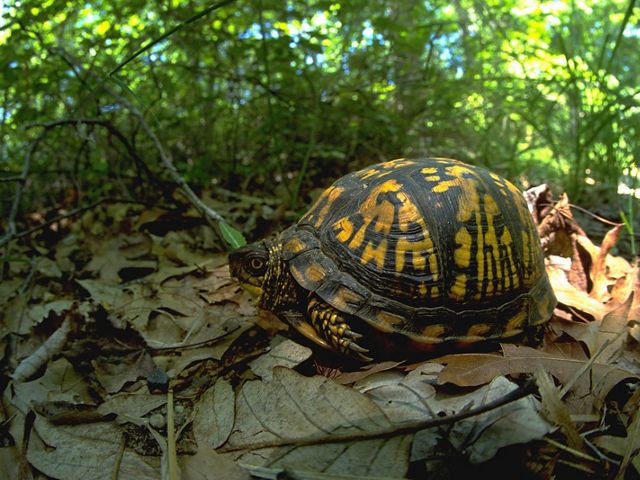
For Your Safety and Enjoyment
- Know Your Route: Before you begin your adventure, make sure you know what trails you want to hike and how to return to where you started.
- Yield to Other Hikers: Single hikers should yield to groups, and hikers going downhill should yield to hikers coming uphill. To yield, simply step off to the side of the trail.
- Observe All Posted Signs: Preserve-specific guidelines about permitted and non-permissible activities are posted on preserve websites and at each location. Generally, these include:
- What You Can Do: Hiking, Wildlife Viewing, Cross-County Skiing, Photography and Videotaping for personal use (if for commercial use, you must obtain permission from the Conservancy first), and Snowshoeing.
- What You Cannot Do:
- Use of recreational motorized vehicles of any sort, including ATVs, motorcycles and snowmobiles, except on public roads
- Swimming
- Camping
- Carrying of archery equipment on preserves closed to hunting
- Dumping of refuse
- Feeding animals, including birds or fish
- Fires or gathering of firewood
- Introducing or releasing and plants or animals
- Picking, removal of or digging up any tree, shrub, flower, grass, or removing any rocks, minerals or prehistoric or historic artifacts
- Prospecting for minerals or metals
- Picking of berries, nuts or mushrooms if not allowed at the preserve
- Placement of permanent or temporary structures, including deer stands, without prior written permission from the Conservancy
- Drones without prior written permission from the Conservancy
- Target practice
- Do not trespass on private property adjacent to the preserve. Please stay on marked trail and respect adjoining private property.
- To enjoy your visit safely, please dress appropriately for the elements.
- Most preserves do not have public restrooms, water fountains or picnic tables.
- In some remote preserves, cellphone service might be minimal or non-existent.
